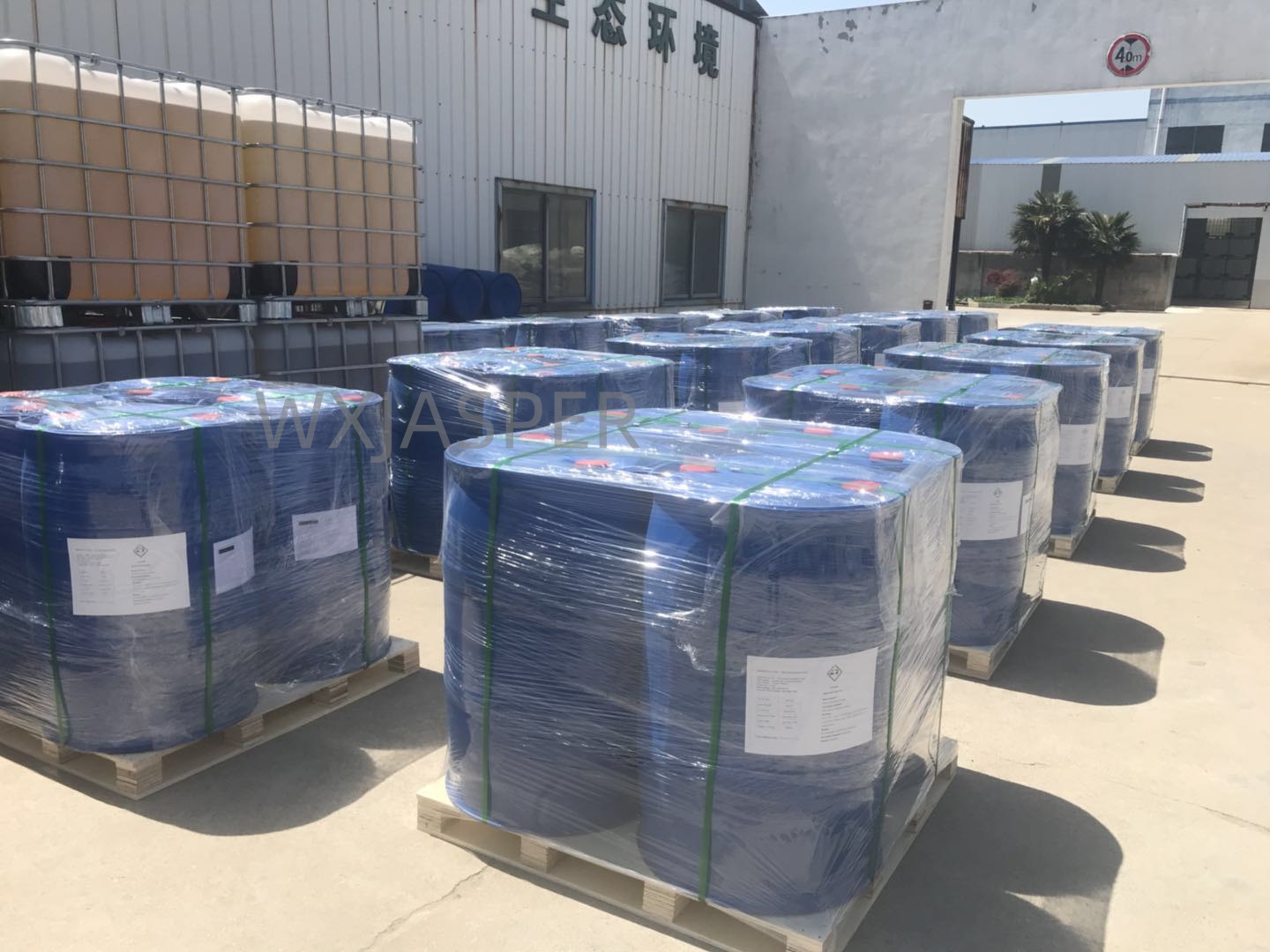Your Location:Home > Products > Solvents > 5-Chloro-2-methyl-4-isothiazolin-3-one



CasNo: 26172-55-4
MF: C4H4ClNOS
Appearance: liquid
Delivery Time: 15 days
Packing: 200kg/drum
Purity: 99%
|
Indicator |
Typical Values (for 20% aqueous solution) |
Description |
|
Appearance |
Colorless to pale yellow transparent liquid; mild characteristic odor |
High-purity solutions have no turbidity or sediment; color darkens slightly over long-term storage (no impact on activity). |
|
Density (20°C) |
1.16–1.32 g/cm³ |
Consistent density ensures uniform dosing in formulations. |
|
pH Value (25°C) |
2.0–4.0 (acidic) |
Acidic environment enhances stability; avoid mixing with strong alkalis (pH > 8.0) to prevent decomposition. |
|
Solubility |
- Miscible with water in all proportions (solubility: 706–751 g/L at 20°C) |
Easy to incorporate into water-based formulations (e.g., cosmetics, cooling water) and partially oil-based systems. |
|
Stability |
- Stable at 0–40°C for 6 months (20% aqueous solution) |
Store in cool environments; avoid high-temperature processing or mixing with incompatible chemicals. |
|
Boiling Point |
102–104°C (for 20% aqueous solution; pure CMIT: 275°C, decomposes) |
Low boiling point of the solution requires sealed storage to prevent volatilization. |
|
Application Scenario |
Recommended Dosage |
Core Function |
|
Industrial Cooling Water |
10–30 ppm |
Controls slime and biofouling in pipelines/heat exchangers; prevents corrosion caused by microbial metabolites. |
|
Oilfield Reinjection Water |
20–50 ppm |
Inhibits bacterial growth (e.g., sulfate-reducing bacteria) to avoid wellbore blockage and oil production loss. |
|
Papermaking White Water |
15–40 ppm |
Prevents mold and bacterial contamination in pulp, reducing paper defects (e.g., spots, discoloration). |